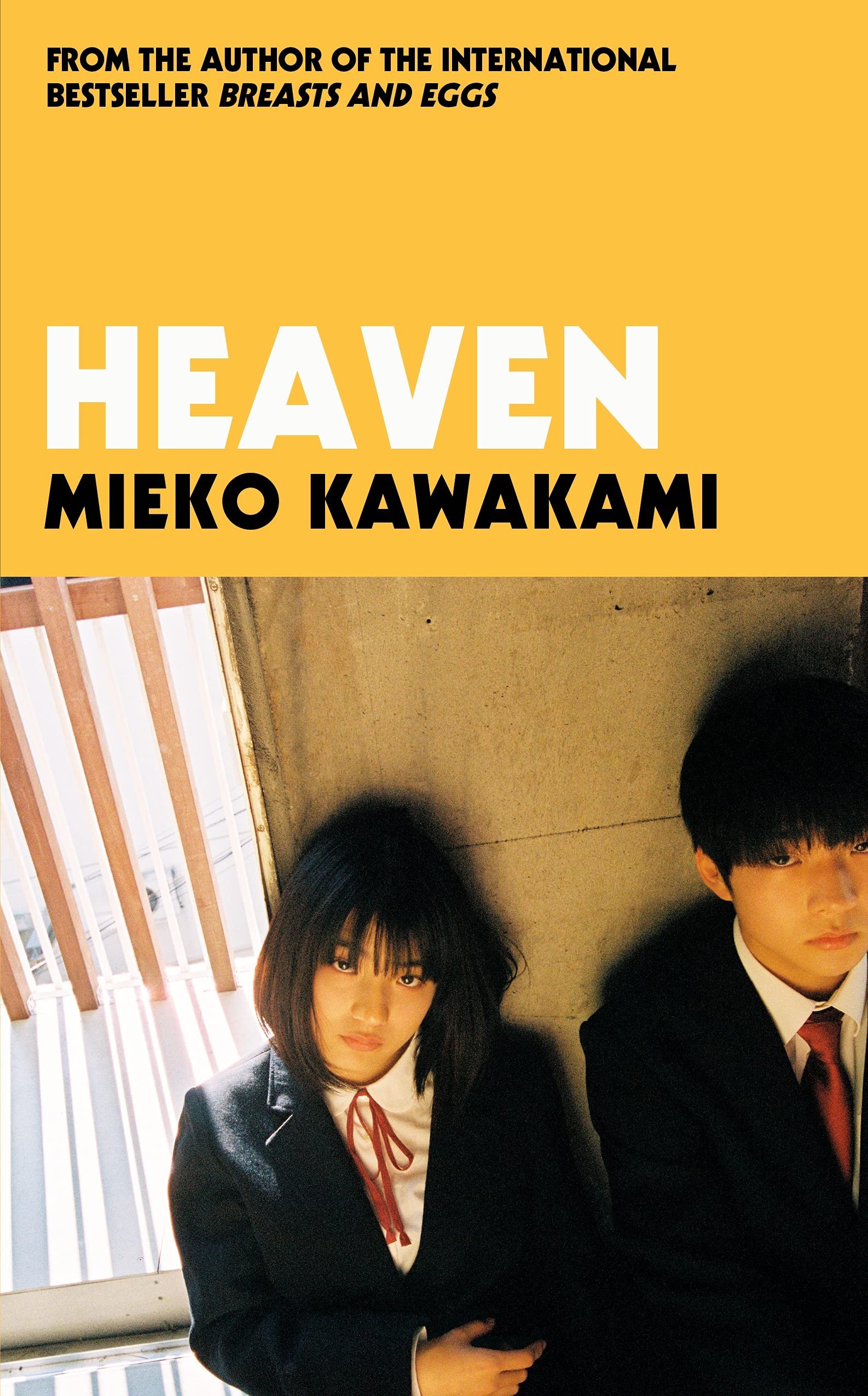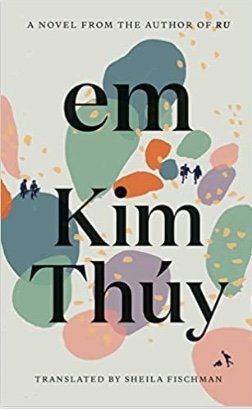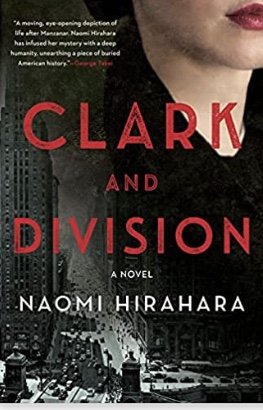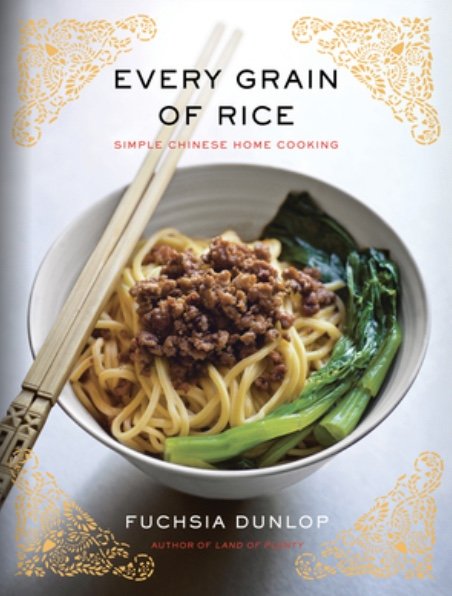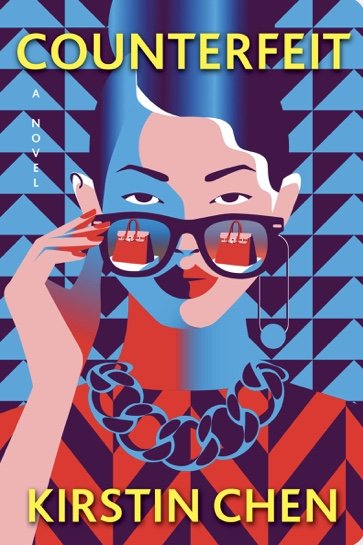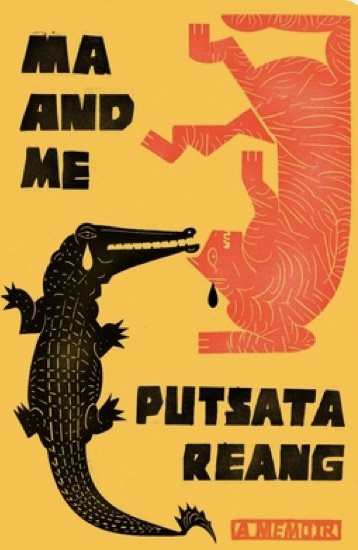The Last White Man by Mohsin Hamid (Riverhead Books)
When Anders awakens one morning to find that his body has turned “deep and undeniably brown,” he rushes to a mirror and sees an unrecognizable face staring back at him. The selfie he snaps and posts to a digital album goes unnamed by the algorithm that always knows who he is.. Anders has become a victim of the most severe identity theft. With a change in his skin color, he has become a different person.
Anders is a man whose body is his livelihood. His job is at a gym, where he works with other men who want his level of fitness. After days at home, he finally realizes whatever has taken place isn’t going away, that his persistent “looking for whiteness” in his face only proves that he no longer is white and never will be again. When he comes back to work, his boss tells him “I would have killed myself if it was me.”
Slowly rumors surface that other people are turning dark. At first the reports are rejected but then news from reliable sources confirms their truth. One man does indeed kill himself after he turns brown, the first case of a white man killing a dark man when both are trapped within the same body.
As more people transform, panic sets in. Those who remain white are convinced there will be a brown take-over. They empty store shelves in a sudden burst of hoarding. A white militia appears on the streets, armed and looking for people they perceive as threats, giving other white people a sense of optimism that whatever this calamity might be, it can be righted with enough extermination.
The night Anders goes for a walk with his girlfriend, they both realize the inherent peril of a brown man with a white girl when they come across a group of boys skipping rocks against a stream. The thrown rocks suddenly come closer to Anders and Oona, evoking fears of a public stoning. When Anders drives through town, he finds himself cautiously peering for danger at intersections, “like an herbivore.” Then the riots begin and everyone, white and dark, stays home, hiding from a force that can’t be stopped, lying “outside the control of human beings.” They lock themselves away from “ancient horrors awakening,” their lives now limited to their online presences and their conversations on phones. When they sleep, their dreams hold normalcy while life awake is the stuff nightmares are made of. Anders realizes he’s “doubly, triply imprisoned, in his skin, in this house, in his town.”
Subtly Mohsin Hamid takes his narrative away from the echoes of Kafka’s Metamorphosis and the hints of the savage stoning in Shirley Jackson’s The Lottery. His novel that begins as a fantasy turns into an allegory that everyone will recognize. As life grows tighter and more confined, as trust in other people becomes a luxury and hoarding a fact of life, as hysteria takes shape in “the sound of anarchy or revolution,” and the “final chaos” described in Revelations seems to be at hand, the death and terror of the past Covid years close in once again. We remember altering our lives to escape the infection and hoping for “progress in discovering ways to undo the horror.”
Like Anders, many of us asked ourselves the same question of how much did we want to live, slowly learning to “abandon confinement and grow.” Venturing out of our protective spaces, “pale people who wandered like ghosts,” we took our places in “a country in mourning, that had taken a battering,” “trying to find …footing in a situation so familiar yet so strange.”
The Last White Man is our century’s version of Katherine Anne Porter’s Pale Horse, Pale Rider. It’s a fable that mocks racism and an allegory of the world’s impotence against the threats posed by viruses. Hamid’s happy ending does nothing to dispel the claustrophobic memories this book evokes--or the fear of “another tidal wave” that can once again stop life as we prefer to live it, with the speed and force of a sneeze.~Janet Brown



